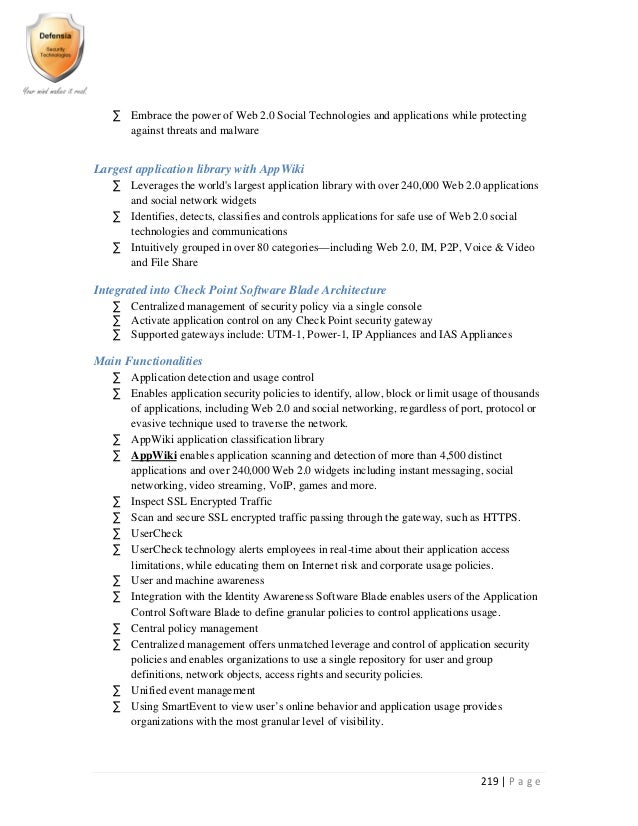Image source: http://image1.slideserve.com/1916946/check-on-tsr-assumptions-tipsy-msyts-@-each-sample-point-n.jpg
There is a story told about a northern pike, a large carnivorous freshwater fish. A pike was put into an aquarium, which had a glass partition dividing it. In the other half from the pike there were many small fish. The pike tried repeatedly to eat the fish but each time hit the glass partition. The partition was eventually removed but the pike did not attack the little fish. It had learnt that trying to eat the little fish was futile and painful so it stopped trying. We often suffer from this Pike Syndrome where an early experience conditions us into wrong assumptions about similar but different situations.
The way that we see things is often circumscribed by assumptions. In the middle ages the definition of astronomy was the study of how the heavenly bodies move around the Earth. The implicit belief was that the Earth was at centre of the Universe. In 1510 a brilliant Polish astronomer, Nicolai Copernicus, postulated the idea that the Sun was the centre of the solar system and that all the planets revolved around the sun. He was able to explain the motions of the planets in a way that made sense but was totally at odds with convention.
The atom was originally defined as the smallest indivisible unit of matter. The assumption was that an atom could never be subdivided. This belief hampered the advancement of science until eventually J. J. Thomson discovered the existence of a sub-atomic particle, the electron in 1887.
In business we make all sorts of assumptions. For example you might hear people say:
* Competition sets the price level in our industry
* We must constantly raise our quality and service delivery
* Our largest customers are our most important customers
* We should hire people who fit in well with our team
Each of these notions needs to be challenged.
Often it is up to a newcomer to an industry to break the existing orthodoxies. For example:
Henry Ford challenged the assumption that automobiles were expensive hand-built carriages for the wealthy.
Anita Roddick challenged the assumption that cosmetics had to be in expensive bottles. Her retail chain, Body Shop, sold products in plastic containers.
IKEA challenged assumptions by allowing customers to collect their furniture from the warehouse.
The low-cost airlines like Southwest and Easyjet challenged the assumptions that you needed to issue tickets, allocate seats and sell through travel agents.
Apple challenged the assumption that a personal computer was functional and not aesthetic.
Innovators know that assumptions are there to be challenged and they relish defying them. How can you do this? Here are some tips:
* Start by recognizing that you and everyone else have ingrained assumptions about every situation.
* Ask plenty of basic questions in order to discover and challenge those assumptions.
* Write a list of all the ground rules and assumptions that apply in your environment and then go through the list and ask, What would happen if we deliberately broke this rule? What if we did the opposite of the norm?
* Pretend you are a complete outsider and ask questions like why do we do it this way at all?
* Reduce a situation to its simplest components in order to take it out of your environment.
* Restate a problem in completely different terms.
Ken Olsen was CEO of DEC who were great innovators in the days of the minicomputer. He said, The best assumption to have is that any commonly held belief is wrong.

